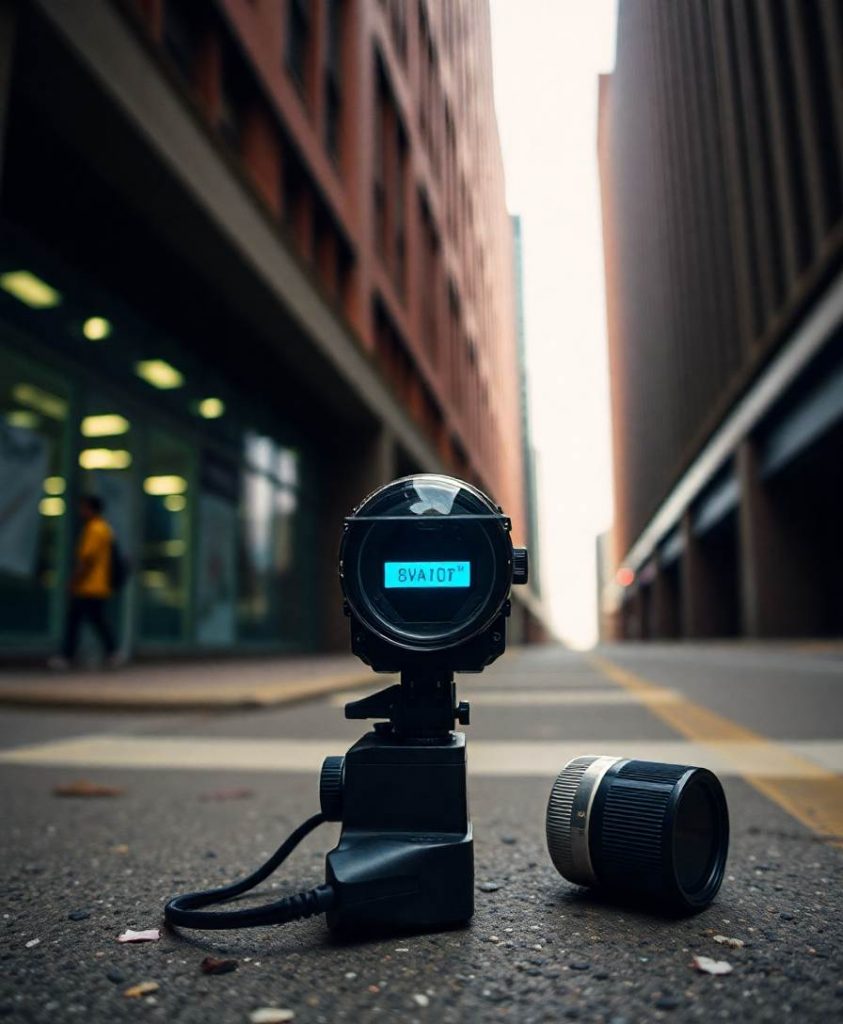Abstract
Previous research showed that sensorimotor information affects the perception of properties associated with implied perceptual context during language comprehension. Three experiments addressed a novel question of whether perceptual context may contribute to a simulation of information about such out‐of‐sight objects as cast shadows. In Experiment 1, participants read a sentence that implied a particular shadow cast on a target (blinds vs. an open window) and then verified the picture of the object onto which a shadow was cast. Responses were faster when the shadow of blinds cast on the object matched that implied by the sentence. However, the data did not show the same matching effect for pictures with cast shadows from an open window. In Experiments 2 and 3, we found that verification times for pictures with no cast shadows were faster when preceded by an “open window” sentence, thus suggesting that reading the sentence does not elicit a visual simulation of any specific shadow. Experiment 3 showed that the objects superimposed with a cast shadow of the blinds and blinds themselves were verified faster after reading a “blinds” sentence. However, the results of an order analysis showed the temporal stability of the “blinds shadows” effect, but the disappearance of the “blinds” effect in the second half of the data. We conclude that the results are compatible, to a lesser or greater extent, with multiple accounts, and discuss our findings in the context of a mental imagery view, a mental simulation view, and an amodal representation view.






